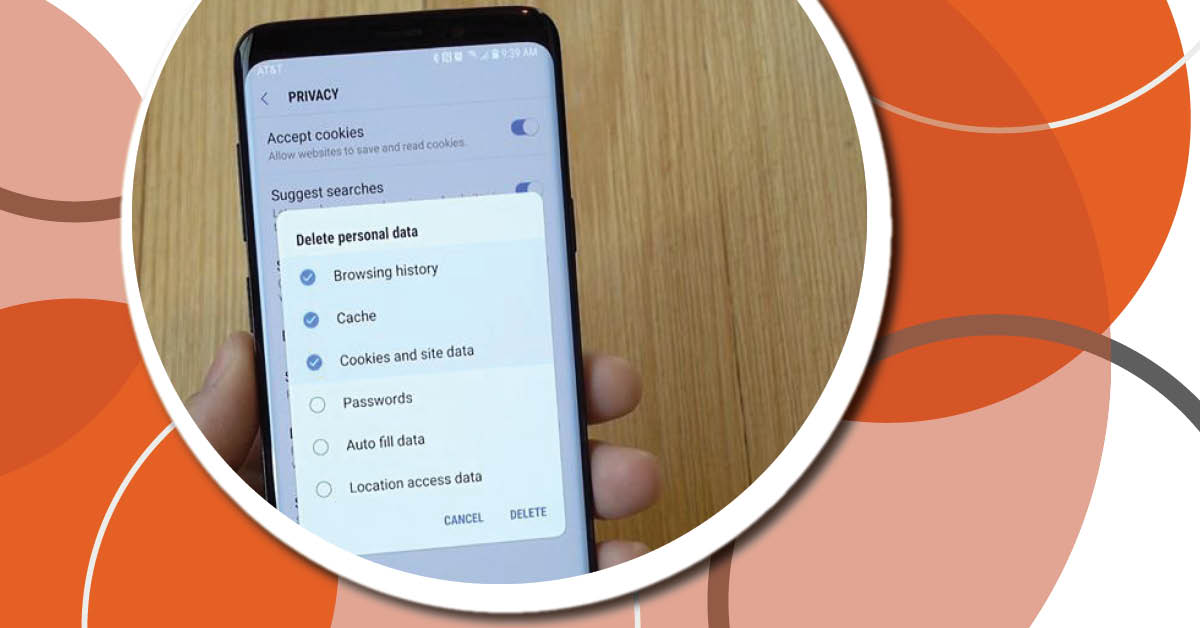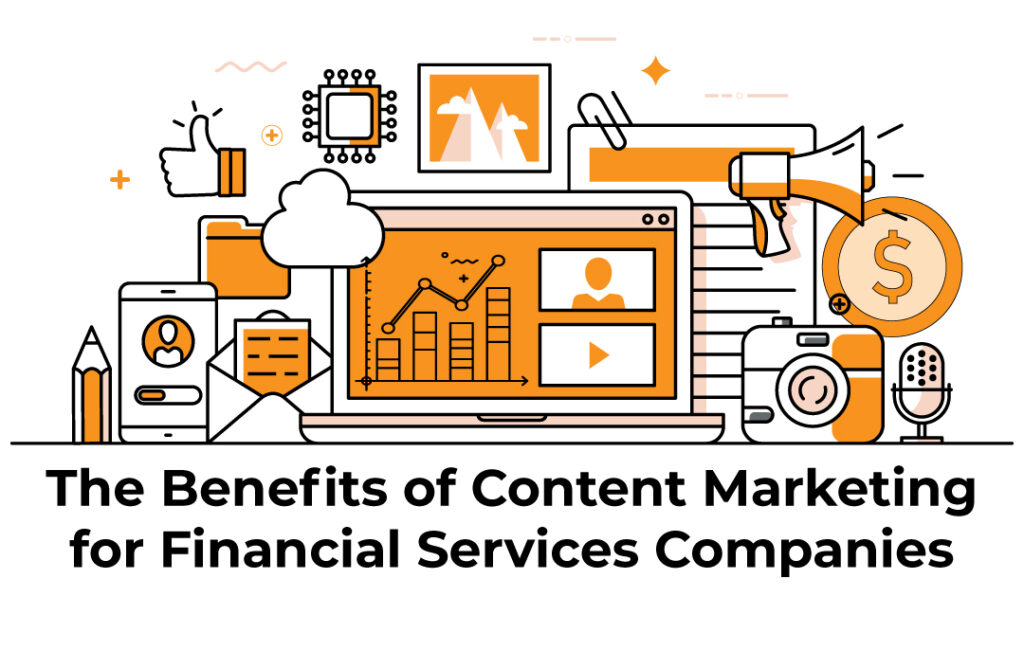Americans on average spend over six hours every day exploring the internet. Technology is an integral part of our day to day; however, very few of us are aware of the countless invisible strings orchestrating our web experience. Cookies and cache are two prevalent digital tools influencing the content we receive and the ease we consume it.
Cookies and cache are temporary storage tools within users’ machines that improve page performance and consumer experiences. Although both of these instruments have a primary function to monitor and store data, their underlying purposes greatly differ.
What are Cookies?
Cookies are small files that enhance users’ online experience by saving information from visited sites, such as passwords, preferences and IP addresses. These factors all are monitored in order to glean insight on user preferences.
There are two types of cookies: transient and persistent. Transient cookies live within a temporary memory that erases once the browser closes. Persistent cookies, on the other hand, are housed in users’ hard drives and remain there until they reach their expiration date or are manually deleted.
Every time you explore a website, the browser sends a cookie that flags activities, such as how often and when you visit the site, what banners and buttons you clicked on, what items you had in the cart, etc. These personal choices influence the content you are presented with to best align with your wants and needs.
When Netscape first introduced cookies, the public greeted the advancement with caution and worried the innovation would hack their personal data. However, over time those rumors have dwindled and cookies have become a widely accepted and implemented digital tool.
What is Cache?
Web cache, also known as HTTP cache, is a temporary storage tool that remembers web page resources in order to load the page more quickly with each visit. Content stored from each site includes images, videos, audio, Javascript, CSS, HTML pages and much more.
Cache plays a critical role in enhancing web page display by minimizing long time storage, server load and lagging. Similar to cookies, cache also has two classifications: browser or proxy. Proxy cache uses intermediate servers to store information while browser cache uses local drives and is controlled by the user.
Cookies vs. Cache
These data storage tools were created with the overarching goal to improve web performance and user experience, their distinguishing factor lies in their primary purposes. Cookies track information (user preferences) to monitor user characteristics and cache stores information (images, videos, audio, HTML pages, etc.) to improve loading time.
Additional key differences include:
-
- The browser stores cache, but the server and the browser store cookies
- Cookies expire automatically based on a predetermined lifespan set by the creators whereas cache survives until the user manually removes them
- Cache consumes more capacity than cookies
Cookies & Cache in Action
Cache and cookies are constantly at work, but it’s at times difficult to wrap one’s head around how they operate. In order to put their impact into perspective, imagine you are on the hunt for a new pair of jeans. You visit the Lucky Brand online site to browse its newest arrivals. Whether or not you choose to purchase a pair or not, on the next website you visit you begin to notice various jean-related advertisements and messaging. This is no coincidence.
In this example, cookies store your browsing history and noted products of interest. This observation informs advertisers on what information to place in ads to pique your attention and elicit engagement.
In terms of cache, the next time you visit Lucky Brand, the website and images will load faster. This is because, during your initial visit, the cache stored small portions of the product images and resources. With the information already stored on the device, each visit is sped up.
At Burkhart, we understand how digital tools like cookies and cache enhance the user experience. Visit our website today to dive deeper into how digital marketing impacts customer interactions with your brand.






